Home>Furniture & Design>Outdoor Furniture>How To Get Rid Of Outdoor Gnats
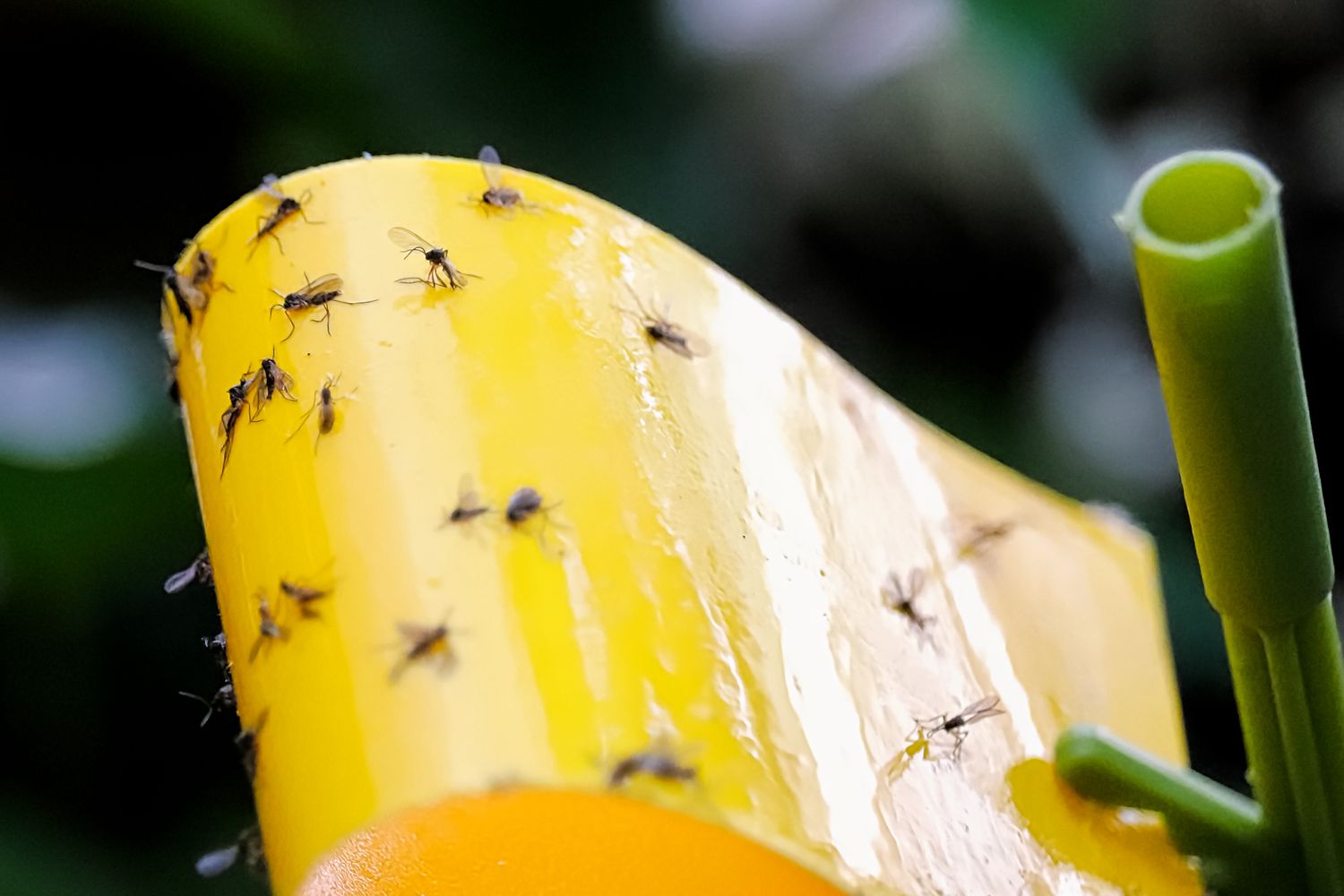

Outdoor Furniture
How To Get Rid Of Outdoor Gnats
Modified: January 18, 2024
Learn how to effectively eliminate outdoor gnats and protect your outdoor furniture with our expert tips and advice on outdoor-furniture-furniture-and-design. Say goodbye to annoying outdoor pests!
(Many of the links in this article redirect to a specific reviewed product. Your purchase of these products through affiliate links helps to generate commission for Storables.com, at no extra cost. Learn more)
Introduction
Gnats are tiny, pesky insects that can quickly turn a pleasant outdoor experience into a bothersome ordeal. Whether you're trying to enjoy a leisurely evening on your patio or hosting a lively outdoor gathering, the presence of these tiny, flying pests can quickly dampen the mood. However, fear not! With the right strategies and a bit of know-how, you can effectively combat outdoor gnats and reclaim your outdoor spaces.
In this comprehensive guide, we will delve into the world of outdoor gnats, exploring their habits, identifying their favorite haunts, and discovering practical methods for eliminating them. From natural remedies to chemical solutions, we will cover a range of effective approaches to help you bid farewell to these persistent nuisances.
So, whether you're a seasoned outdoor enthusiast or simply someone who enjoys a breath of fresh air in the comfort of your own backyard, this guide is tailored to equip you with the knowledge and tools needed to combat outdoor gnats effectively. Let's embark on this journey to reclaim your outdoor oasis and bid adieu to those bothersome gnats for good!
Key Takeaways:
- Say goodbye to outdoor gnats by using natural remedies like apple cider vinegar traps and essential oils, or eco-friendly chemical solutions like insecticidal soap and diatomaceous earth.
- Keep outdoor gnats at bay by preventing water accumulation, maintaining cleanliness, using gnat-repelling plants, and incorporating physical barriers in outdoor spaces.
Read more: How To Get Rid Of Gnats In Outdoor Plants
Understanding Outdoor Gnats
Before diving into the methods for getting rid of outdoor gnats, it’s essential to understand these tiny pests and their behaviors. Gnats are small, flying insects that belong to the order Diptera, which also includes flies and mosquitoes. They are commonly found in outdoor environments, particularly in areas with moisture and decaying organic matter, which serve as ideal breeding grounds.
Outdoor gnats are attracted to a variety of substances, including overripe fruits, damp soil, and standing water. They are also drawn to the scent of decaying organic material, making compost bins, mulch, and damp vegetation prime locations for gnats to congregate.
One of the most common outdoor gnat species is the fungus gnat, which thrives in moist environments and is often found in proximity to overwatered houseplants, gardens, and outdoor potted plants. These gnats can quickly multiply, making it crucial to address any gnat infestations promptly.
Understanding the life cycle of outdoor gnats is also essential for effective control. Gnats typically undergo four stages: egg, larva, pupa, and adult. The larvae, often found in moist soil or organic matter, are particularly voracious, feeding on fungi, plant roots, and decaying organic material. By disrupting their life cycle and targeting their preferred habitats, it becomes possible to reduce gnat populations and prevent future infestations.
By gaining insights into the habits and preferences of outdoor gnats, we can develop targeted strategies to eliminate and deter these pests effectively. Armed with this understanding, we can now move on to identifying the areas where gnats tend to thrive and exploring methods to address these problem areas.
Identifying the Problem Areas
When it comes to combating outdoor gnats, identifying the problem areas where these pests thrive is a crucial first step. By pinpointing the locations where gnats congregate and breed, you can effectively target your efforts to eliminate and prevent infestations.
One common problem area for outdoor gnats is standing water. Whether it’s in clogged gutters, stagnant ponds, or waterlogged flower pots, any accumulation of water provides an ideal breeding ground for gnats. Additionally, poorly drained areas in the yard or garden can also harbor moisture, creating an environment conducive to gnat infestations.
Decaying organic matter is another magnet for outdoor gnats. This includes compost piles, mulch beds, and areas with decaying plant material. Gnats are attracted to the scent of decomposition, making these spots prime real estate for these tiny pests.
Moist soil, particularly in overwatered planters or garden beds, can also attract gnats. The damp environment provides an ideal habitat for gnat larvae to thrive, potentially leading to an increase in adult gnat populations.
Indoor plants that are brought outdoors during the warmer months can also contribute to gnat infestations. If these plants were previously infested with gnats or their eggs, they can introduce the pests to outdoor environments, perpetuating the cycle of infestation.
Identifying these problem areas is instrumental in developing a targeted approach to gnat control. By addressing these specific locations and implementing effective strategies, you can significantly reduce gnat populations and create an inhospitable environment for these pests.
Now that we’ve identified the problem areas where outdoor gnats thrive, we can explore a range of natural methods to eliminate and deter these pesky insects from invading your outdoor spaces.
Natural Methods for Getting Rid of Outdoor Gnats
When it comes to combating outdoor gnats, natural methods offer effective and eco-friendly solutions for eliminating these pesky pests. By harnessing the power of natural ingredients and strategic techniques, you can create an inhospitable environment for gnats while minimizing the impact on the surrounding ecosystem.
One of the most straightforward natural remedies for outdoor gnats is the use of apple cider vinegar traps. Gnats are attracted to the scent of vinegar, making it an effective bait for luring them away from outdoor gathering areas. Simply fill a shallow dish with apple cider vinegar and a few drops of dish soap, creating a trap that captures and drowns the gnats.
Another natural approach involves the use of essential oils with gnat-repelling properties. Essential oils such as citronella, eucalyptus, and lavender are known for their ability to deter gnats and other flying insects. By diffusing these oils in outdoor living spaces or creating homemade gnat-repelling sprays, you can create an aromatic barrier that discourages gnats from lingering in the area.
Maintaining a clean outdoor environment is also essential for gnat control. Removing decaying organic matter, such as fallen leaves, and regularly turning compost piles can help reduce gnat breeding grounds. Additionally, ensuring that gutters are clear of debris and addressing any areas of standing water can significantly diminish gnat populations.
Natural predators, such as predatory nematodes, can also be introduced to outdoor spaces to combat gnat larvae. These microscopic organisms feed on gnat larvae in the soil, helping to naturally reduce gnat populations without the use of harmful chemicals.
Furthermore, incorporating gnat-repelling plants into outdoor landscapes can serve as a natural deterrent. Plants such as marigolds, citronella, and lavender emit scents that repel gnats, adding both beauty and functionality to outdoor spaces.
By leveraging these natural methods in combination with targeted strategies, you can effectively reduce gnat populations and create an outdoor environment that is inhospitable to these persistent pests. However, in some cases, chemical solutions may be necessary for more severe gnat infestations.
Next, we’ll explore chemical solutions for outdoor gnat control, providing insights into when and how to use these options effectively while minimizing their impact on the environment.
One way to get rid of outdoor gnats is to remove any standing water around your yard, as gnats are attracted to moist areas. This includes emptying out any containers or fixing any leaks.
Chemical Solutions for Outdoor Gnat Control
While natural methods are often effective for managing outdoor gnat populations, there are instances where chemical solutions may be necessary, especially in cases of severe infestations or persistent gnat problems. When considering chemical options for gnat control, it’s essential to prioritize products that are specifically formulated for outdoor use and pose minimal risk to non-target organisms and the environment.
One commonly used chemical solution for outdoor gnat control is insecticidal soap. This natural, plant-based product targets soft-bodied insects like gnats while minimizing harm to beneficial insects, pets, and humans. When applied according to the manufacturer’s instructions, insecticidal soap can effectively reduce gnat populations without leaving harmful residues in outdoor spaces.
Diatomaceous earth is another effective yet environmentally friendly option for gnat control. This powdery substance, derived from fossilized diatoms, works by dehydrating and damaging the exoskeletons of gnats and other insects, ultimately leading to their demise. When using diatomaceous earth outdoors, it’s important to reapply it after rainfall to maintain its effectiveness.
In cases where gnat infestations are particularly challenging, targeted applications of botanical insecticides may be warranted. These products, derived from natural plant extracts, can provide effective control of gnats while minimizing adverse effects on beneficial insects and the surrounding ecosystem. When using botanical insecticides, it’s crucial to follow the application guidelines and safety precautions outlined by the manufacturer.
Before resorting to chemical solutions, it’s important to assess the severity of the gnat infestation and consider non-chemical alternatives. By implementing integrated pest management practices, which combine cultural, mechanical, and biological control methods, it’s often possible to achieve effective gnat control without relying solely on chemical interventions.
Preventive measures, such as maintaining proper drainage, removing standing water, and practicing good sanitation in outdoor areas, can also significantly reduce the likelihood of gnat infestations, minimizing the need for chemical treatments in the long run.
By approaching gnat control holistically and prioritizing environmentally conscious practices, you can effectively manage outdoor gnat populations while minimizing the impact on the surrounding ecosystem. However, prevention remains a key aspect of long-term gnat control.
Now, let’s explore preventive measures and strategies for keeping outdoor gnats from returning, ensuring that your outdoor spaces remain gnat-free and enjoyable for all your outdoor activities.
Read more: How To Get Rid Of Gnats In Grass
Preventing Outdoor Gnats from Returning
After implementing strategies to eliminate outdoor gnats, it’s essential to focus on preventive measures to keep these pesky pests from returning to your outdoor spaces. By adopting proactive approaches and addressing potential gnat attractants, you can create an environment that is inhospitable to gnats, ensuring that your outdoor areas remain enjoyable and gnat-free.
One crucial preventive measure is to address moisture and standing water in outdoor spaces. Regularly inspect and maintain gutters, downspouts, and outdoor drainage systems to prevent water accumulation, which can serve as breeding grounds for gnats. Additionally, ensure that flower pots, planters, and outdoor containers have proper drainage to prevent water from stagnating and attracting gnats.
Maintaining cleanliness in outdoor living areas is also instrumental in gnat prevention. Clearing away decaying organic matter, such as fallen leaves and grass clippings, helps eliminate gnat attractants and reduces potential breeding sites. Regularly emptying and cleaning outdoor trash receptacles can also deter gnats from congregating near gathering areas.
When hosting outdoor gatherings or dining al fresco, consider using gnat-repelling candles or torches to create a barrier against these pests. Citronella candles and torches can help deter gnats and other flying insects, allowing you to enjoy outdoor activities without the nuisance of persistent pests.
Furthermore, incorporating gnat-repelling plants into your outdoor landscape can serve as a natural deterrent. Plants such as basil, mint, and rosemary emit scents that repel gnats, adding both visual appeal and functional gnat control to your outdoor spaces.
Regularly inspecting and maintaining outdoor lighting fixtures can also contribute to gnat prevention. Gnats are attracted to light, and outdoor lighting can inadvertently draw them toward gathering areas. By using yellow bug lights or adjusting the positioning of outdoor lighting, you can reduce the likelihood of attracting gnats to these areas.
Lastly, consider the use of physical barriers, such as fine mesh screens, to prevent gnats from entering outdoor structures and living spaces. Installing screens on windows, doors, and outdoor dining areas can help keep gnats at bay while allowing for adequate ventilation and enjoyment of outdoor spaces.
By integrating these preventive measures into your outdoor maintenance routine, you can create an environment that is less conducive to gnat infestations, ensuring that your outdoor spaces remain inviting and pest-free. With a proactive approach to gnat prevention, you can enjoy the beauty of outdoor living without the hassle of persistent gnat nuisances.
With these preventive strategies in place, you are well-equipped to maintain gnat-free outdoor spaces and enjoy all the benefits of outdoor living without the interruption of pesky gnats.
Conclusion
Outdoor gnats can quickly transform a pleasant outdoor experience into a frustrating ordeal, but with the right knowledge and strategies, you can effectively combat these persistent pests and reclaim your outdoor spaces. By understanding the habits and preferences of outdoor gnats, identifying problem areas, and implementing targeted solutions, you can create an environment that is inhospitable to gnats, allowing you to enjoy the beauty of outdoor living without the nuisance of these tiny pests.
From natural remedies such as apple cider vinegar traps and essential oil deterrents to eco-friendly chemical solutions and preventive measures, a comprehensive approach to gnat control can significantly reduce gnat populations and prevent their return. By maintaining proper drainage, addressing standing water, and integrating gnat-repelling plants into outdoor landscapes, you can create an environment that is less attractive to gnats, minimizing the need for reactive pest control measures.
As you embark on your journey to eliminate outdoor gnats and prevent their return, remember that a proactive approach to gnat control is key. Regular maintenance, cleanliness, and strategic interventions can go a long way in creating gnat-free outdoor spaces that are conducive to relaxation, entertaining, and outdoor activities.
By implementing the strategies outlined in this guide and adopting a holistic approach to gnat control, you can reclaim your outdoor oasis and enjoy all the benefits of outdoor living without the interruption of persistent gnat nuisances. Whether you’re hosting outdoor gatherings, tending to your garden, or simply unwinding on your patio, a gnat-free environment sets the stage for a more enjoyable and relaxing outdoor experience.
Armed with the knowledge and tools to combat outdoor gnats effectively, you can confidently step into your outdoor spaces, knowing that you have the means to keep these pesky pests at bay. Embrace the beauty of outdoor living, and let the joy of the outdoors unfold without the interference of bothersome gnats. Here’s to creating gnat-free outdoor havens where you can savor the simple pleasures of nature to the fullest!
Frequently Asked Questions about How To Get Rid Of Outdoor Gnats
Was this page helpful?
At Storables.com, we guarantee accurate and reliable information. Our content, validated by Expert Board Contributors, is crafted following stringent Editorial Policies. We're committed to providing you with well-researched, expert-backed insights for all your informational needs.
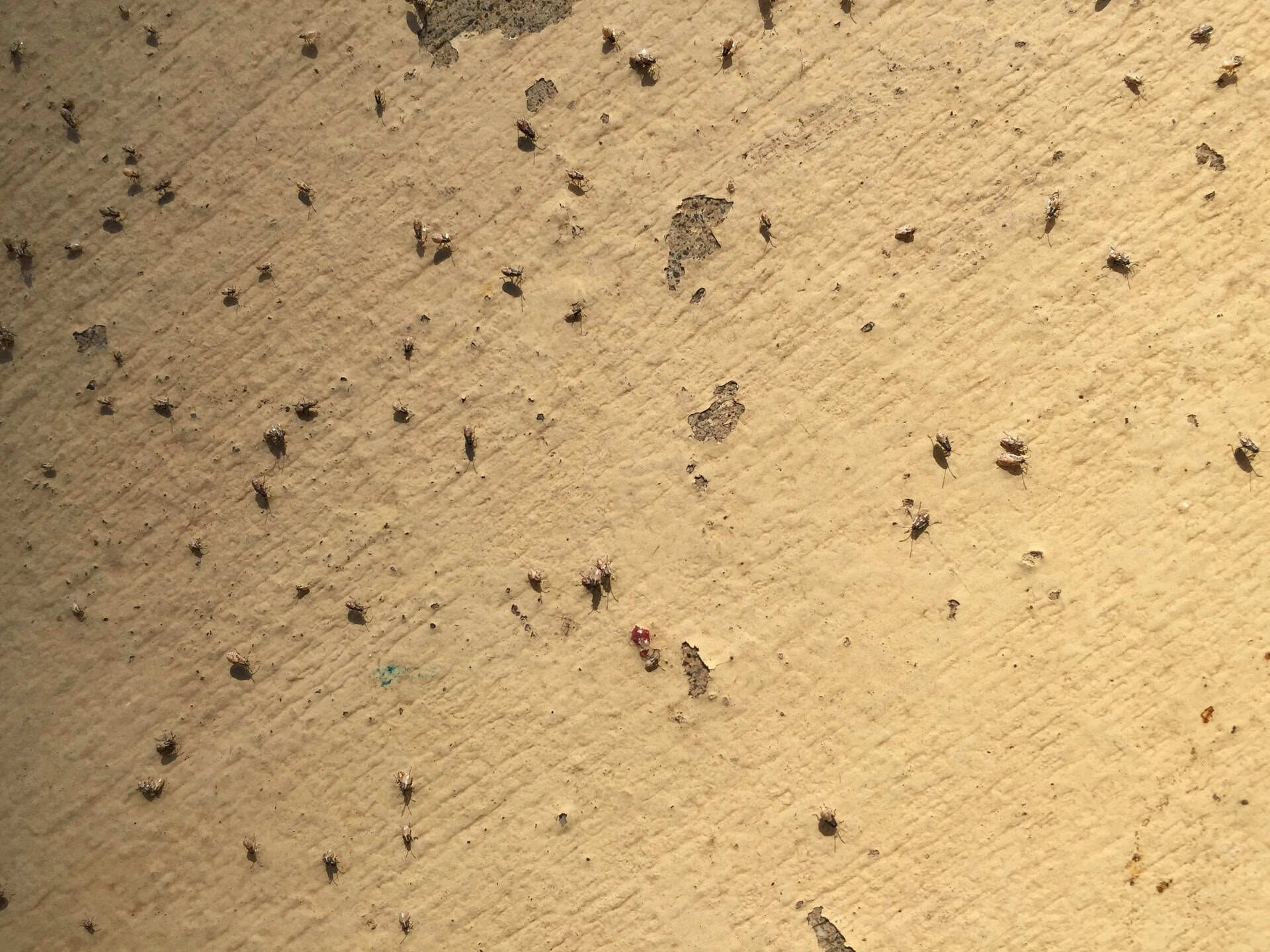

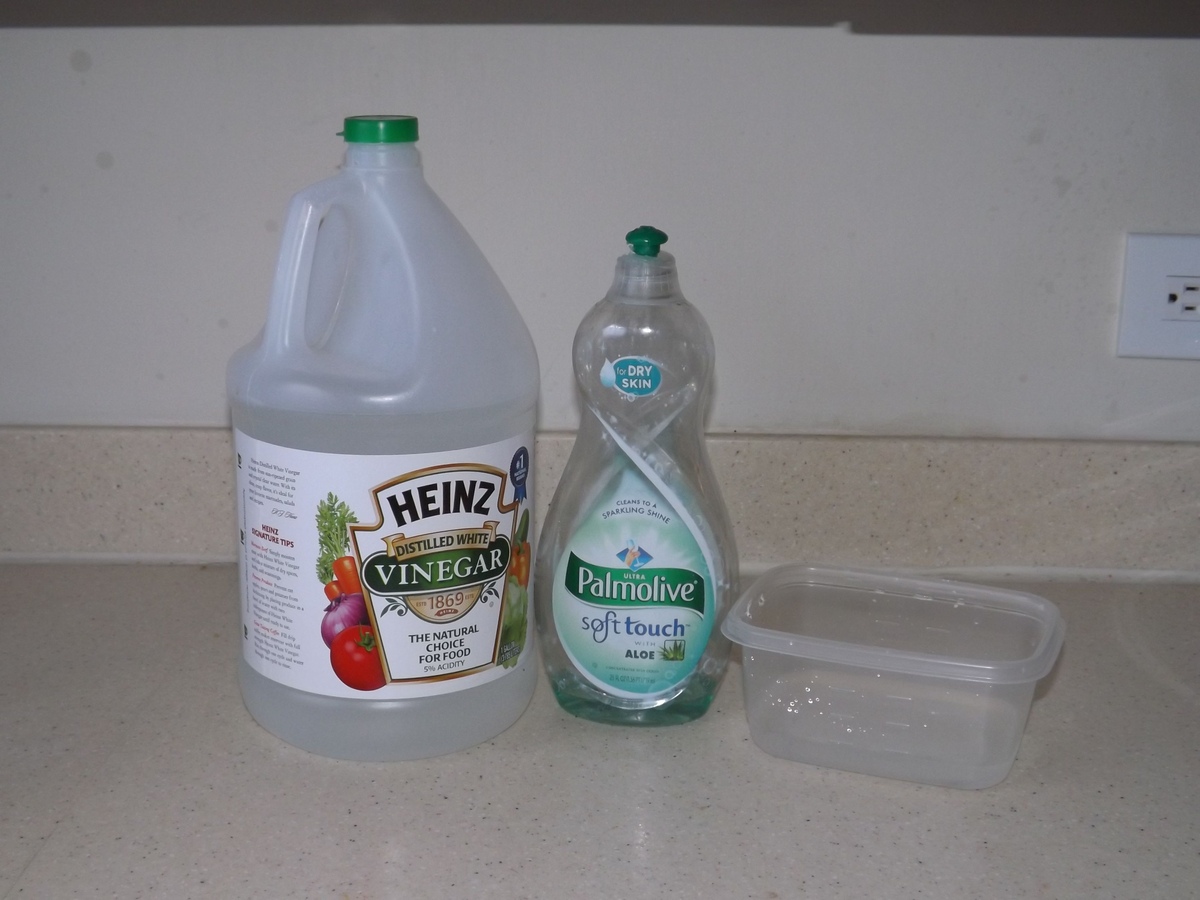
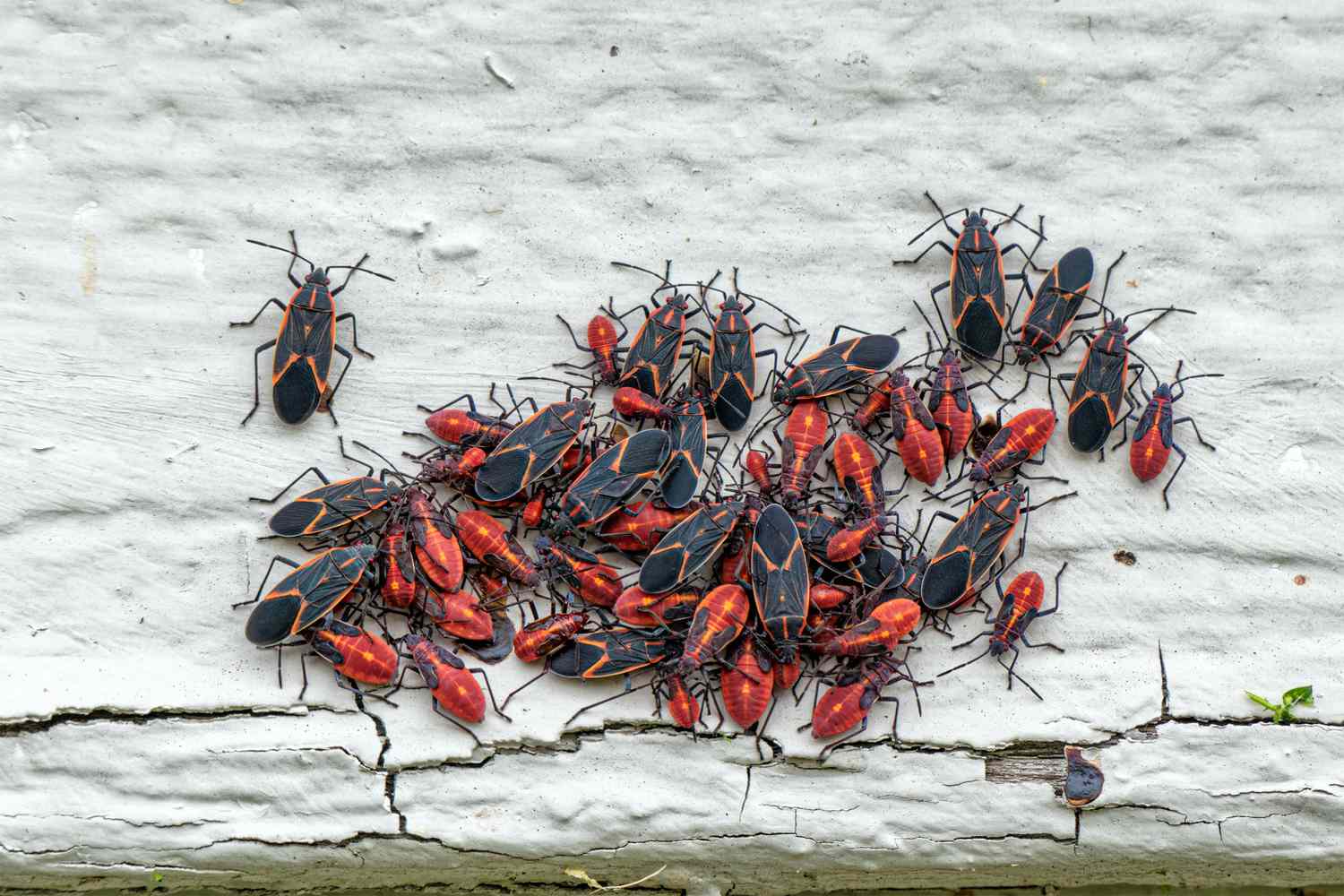
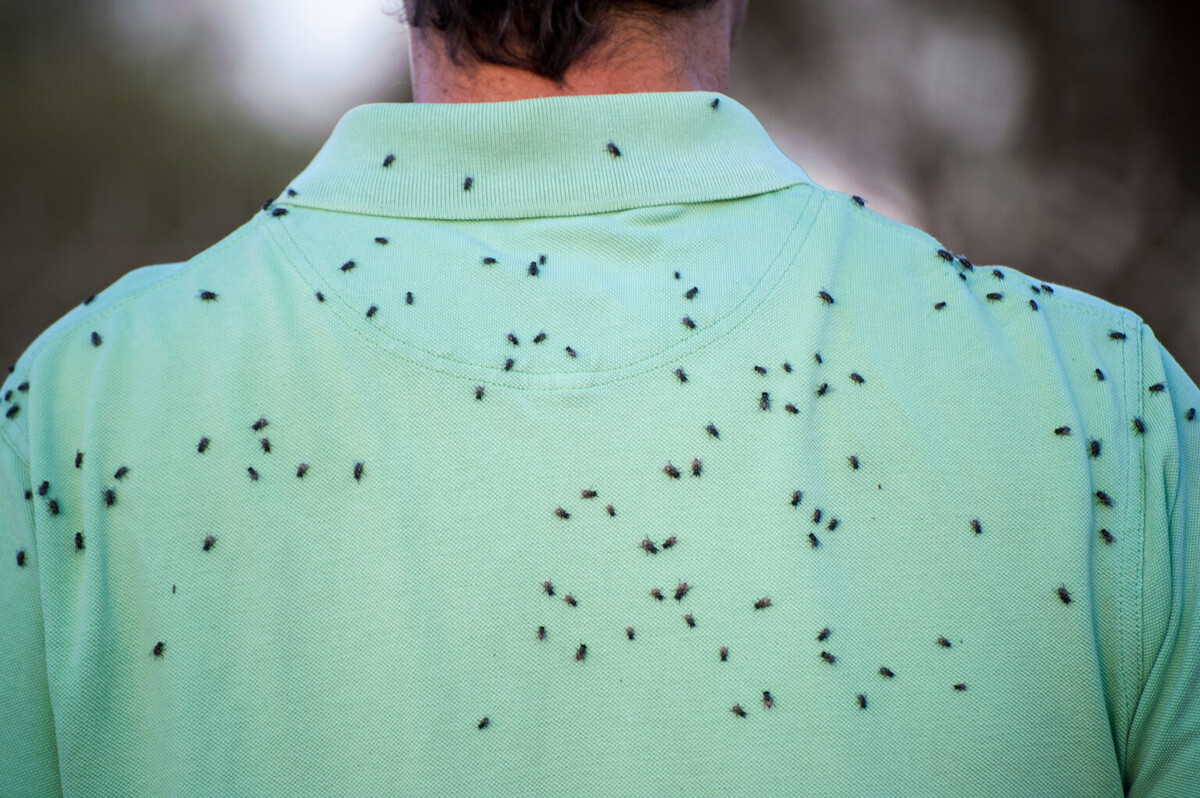
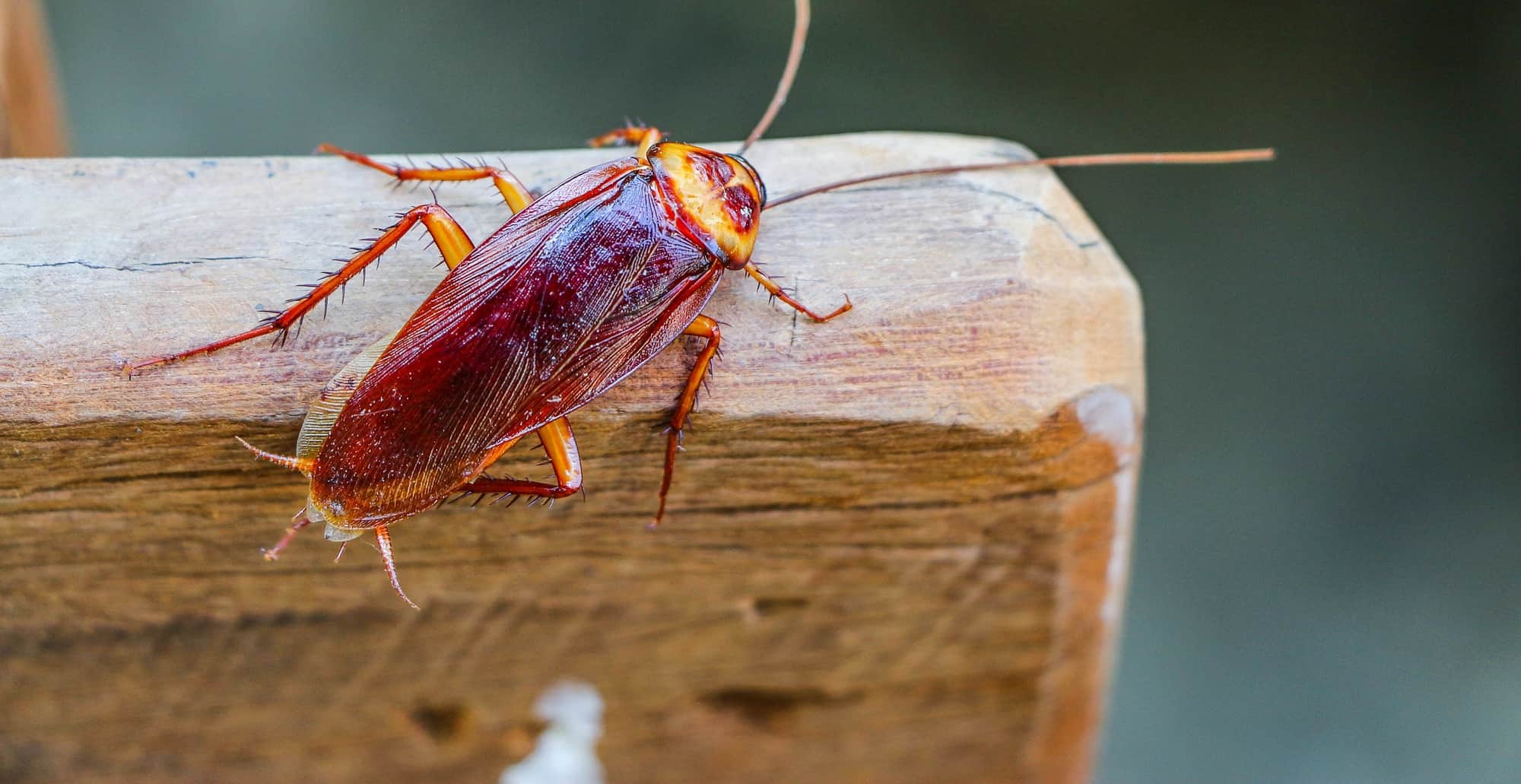

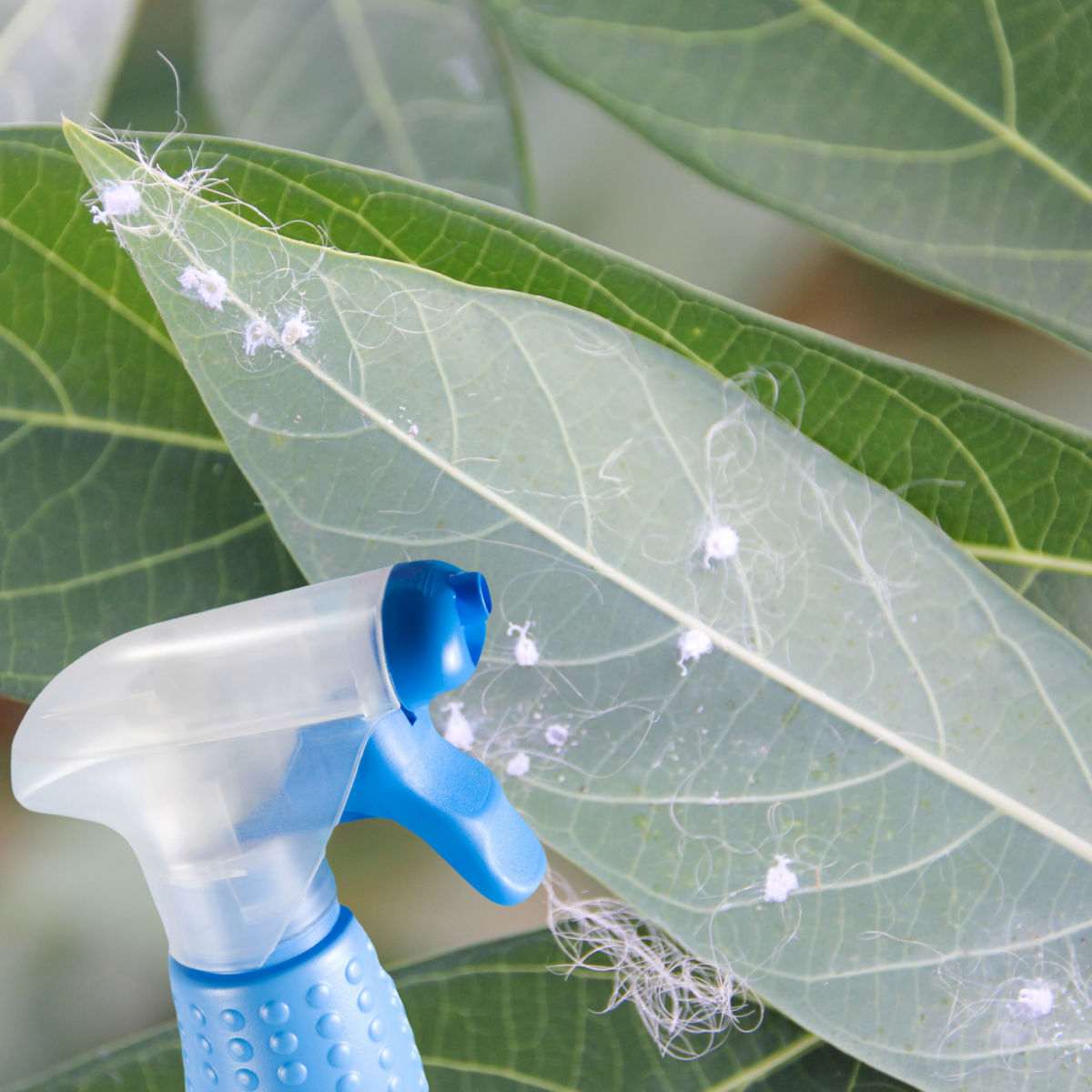
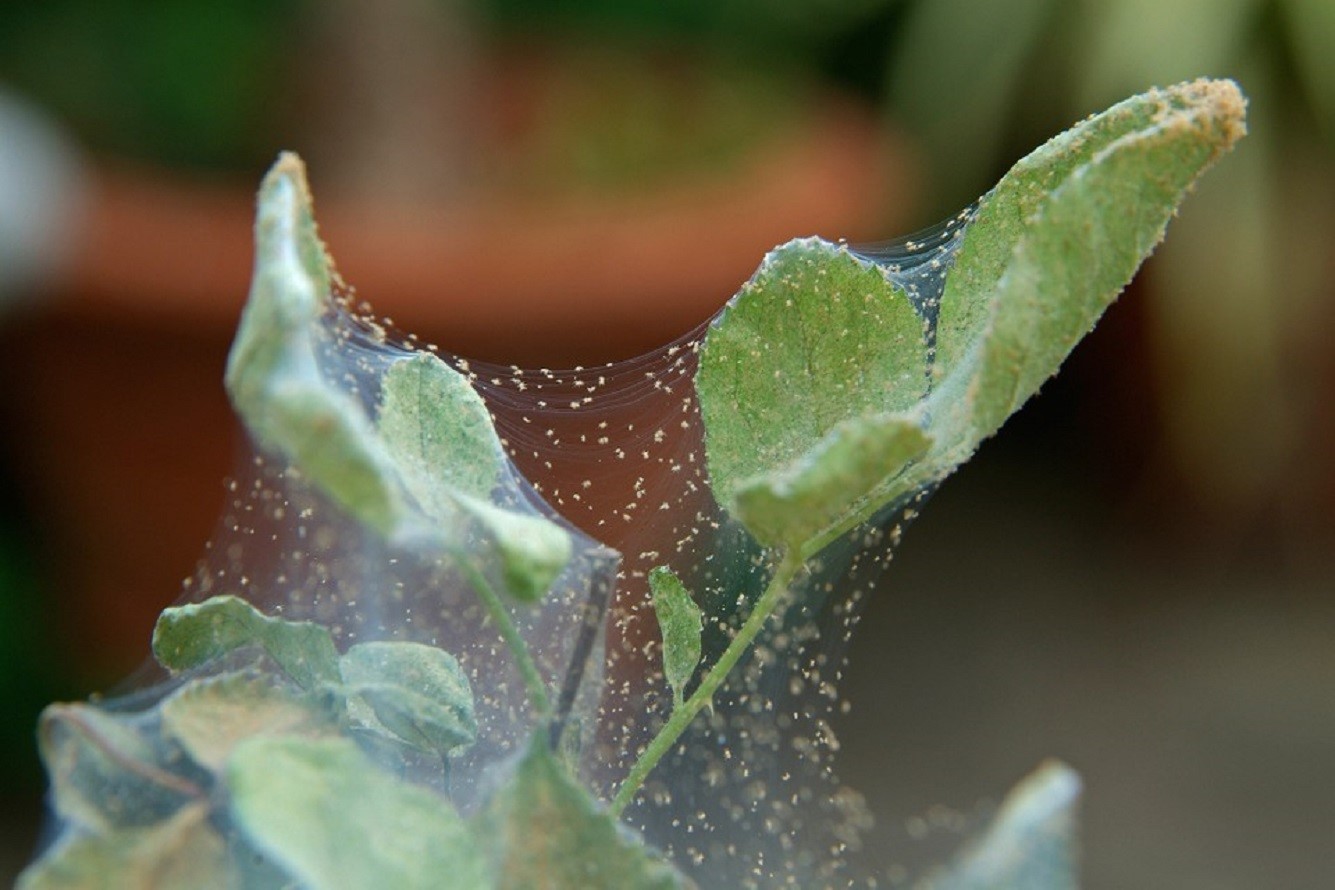

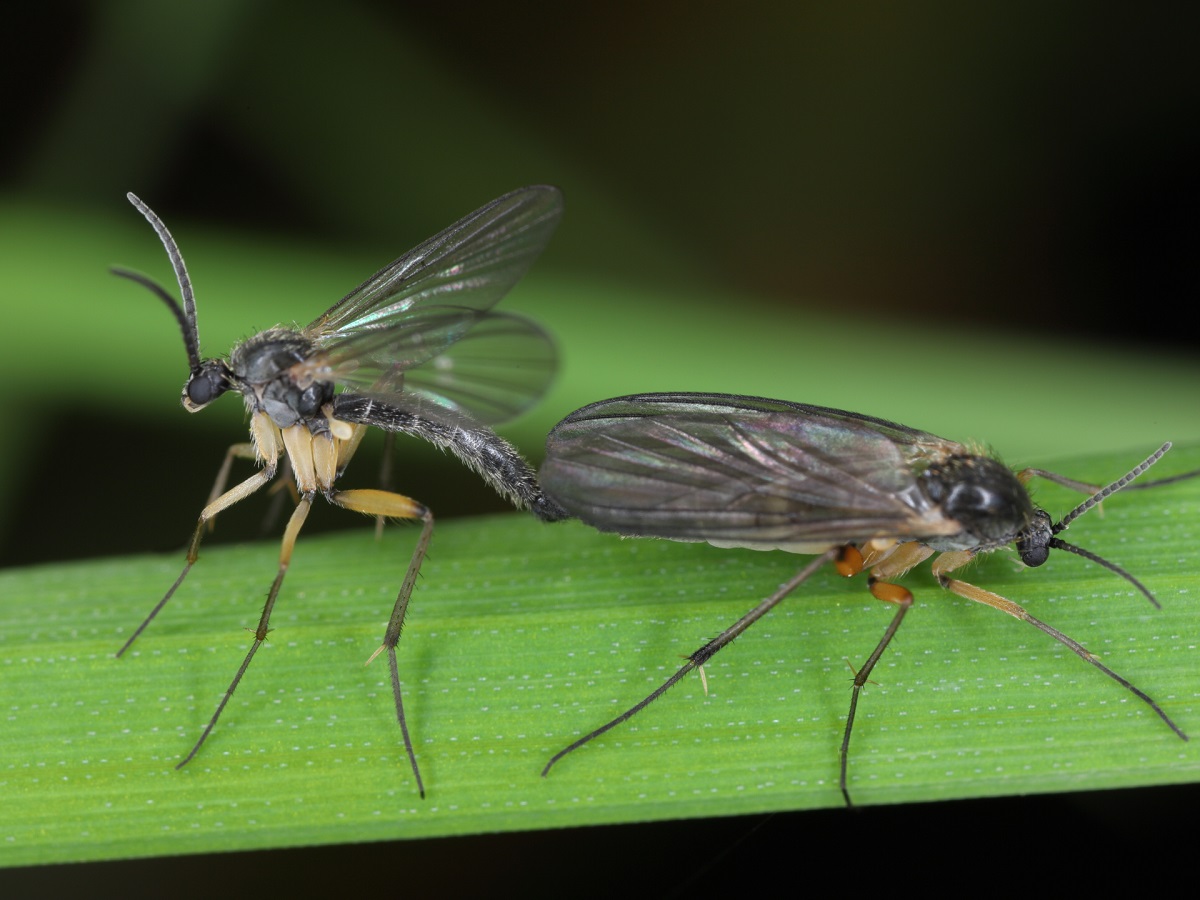
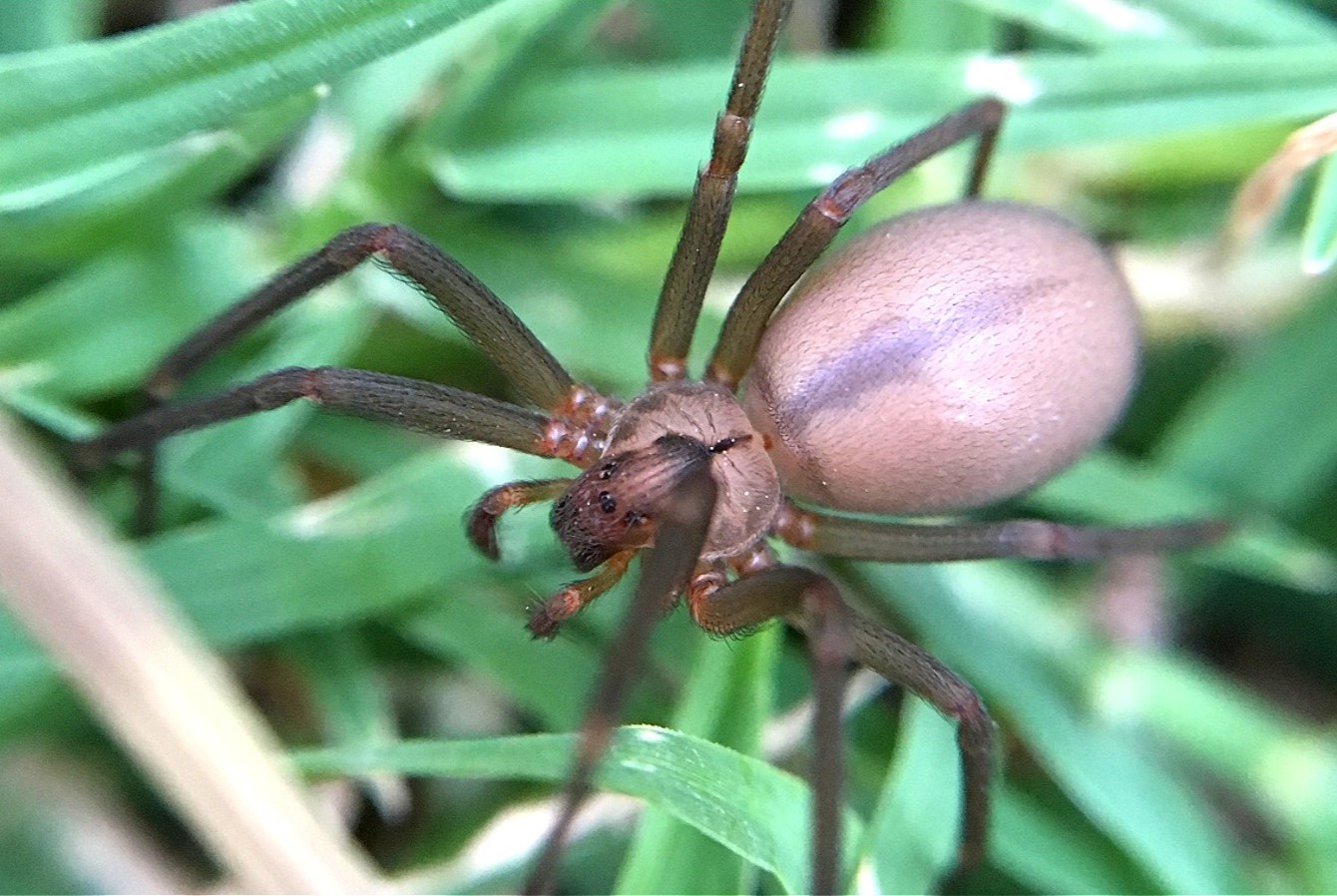



0 thoughts on “How To Get Rid Of Outdoor Gnats”